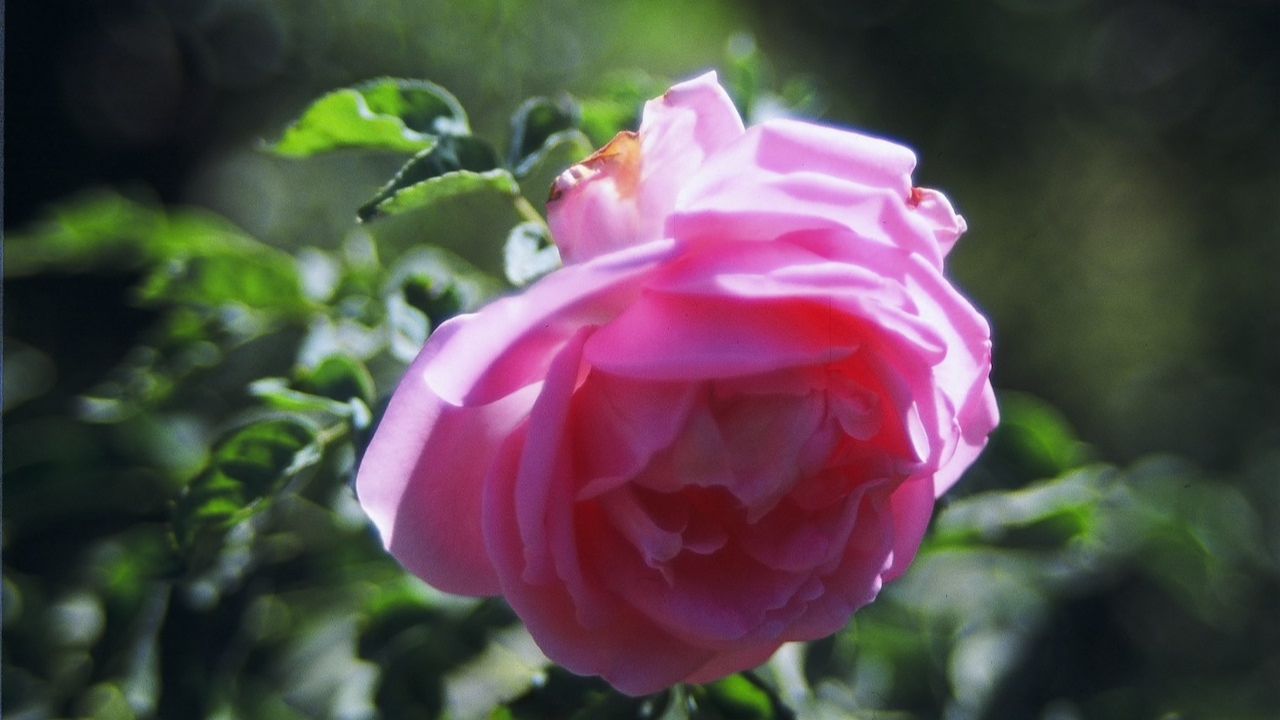A Short Timeline of Roses
Dec 27, 2022
By David Crow, L.Ac.
Thirty-five million years ago: Fossil records indicate the first appearance of roses.
3000 BCE: The first cultivation of roses. Ancient China and Persia are historically believed to be the regions where roses were first cultivated.
1000 BCE: The earliest known written reference to roses growing in a garden is a Sumerian record found at the Mesopotamian city of Ur, in what is now Iraq.
69-30 BCE: Cleopatra carpets the floor of her palace with rose petals.
Roman Empire: Roses are cultivated extensively throughout the Middle East. Roman nobility establish large public rose gardens in the south of Rome.
AD 170: From the tomb of Hawara on Crete comes a wreath that is the oldest preserved rose species.
10th – 17th Centuries: The rose industry is developed and dominated by Persia. In this period Baghdad is famous for its rose gardens.
12th and 13th century: European Crusaders bring back specimens of either Rosa damascena or Rosa gallica from their travels to the Middle East. Roses become highly valued in monasteries of Old Europe. One of the oldest garden roses, Rosa gallica officinalis, the “Apothecary rose,” is considered capable of curing a multitude of illnesses.
1455–1489: War of the Roses. The rose is used as a symbol for the factions fighting to control England: the red rose of Lancaster and the white rose of York.
15th -16th century: Turkish merchants import Rosa damascena for cultivation throughout the Balkan countries, establishing the “Valley of Roses” in Bulgaria in the region of Kazanlik, meaning “the place of stills.”
1597: Fourteen varieties of roses are officially recognized in Europe.
1629: Twenty-four varieties are recognized.
1800: The first red rose arrives in Europe from China. Previously, all European roses such as Rosa damascena were pink or white.
Mid - late 18th century: Introduction of cultivated roses into Europe from China; by the end of that century there are over 1,000 varieties. Most modern roses can be traced back to this ancestry.
19th century: Centered in the “Valley of Roses,” the Bulgarian rose oil industry reigns as a near-monopoly of the world market.
1867: The modern era of rose hybrids begins with the development of the first hybrid tea rose.
1900: Rose breeders create yellow and orange roses after the discovery of a wild mutant yellow flower.
1960’s: Discovery and analysis of trace constituents of rose oil responsible for its fragrance. The rose ketones beta-Damascenone and beta-Damascone become two of the most important chemicals in the fragrance and flavoring industries.
Present: There are over 30,000 varieties of roses.



